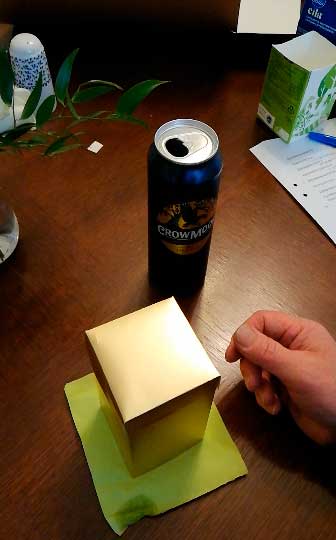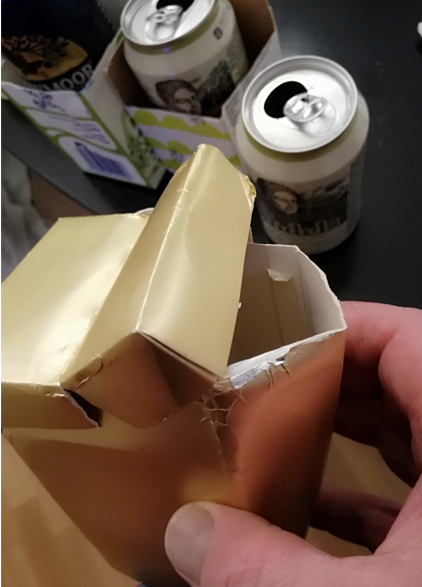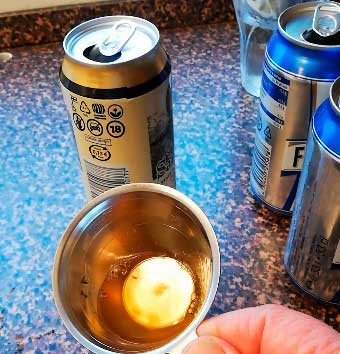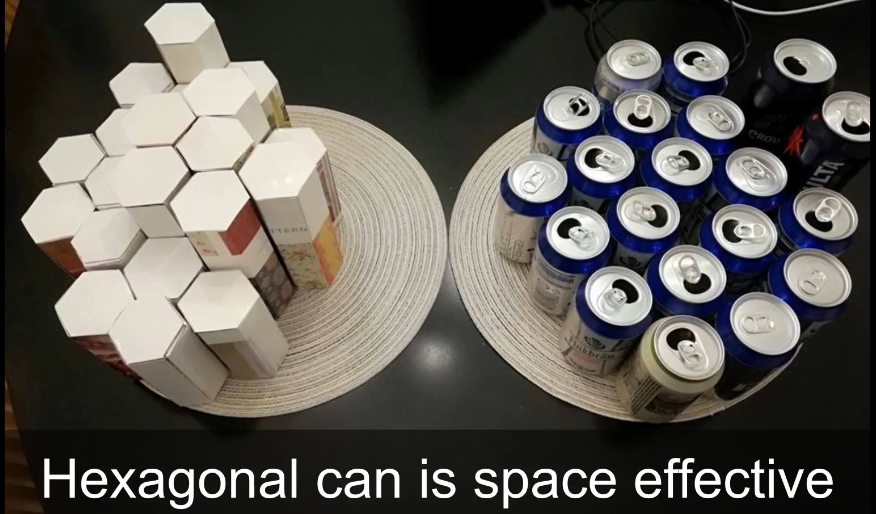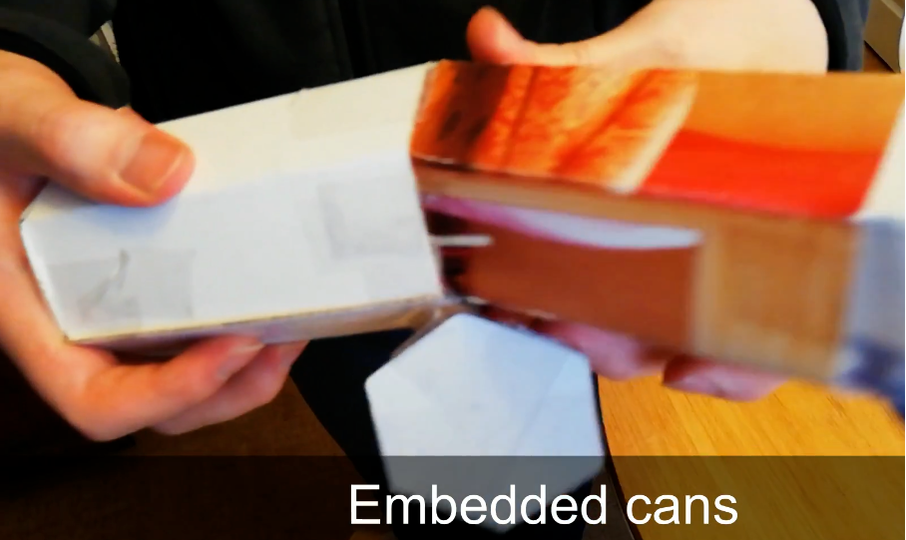ABOUT US
Nature and bees are teaching us
How to create space effective and durable shapes
The goal is to provide alternative packages
The idea to replace aluminium cans and plastic bottles with a new solution started to evolve based on very practical problems. Even when the returning and circulation systems of bottles are well developed in Finland, and Finnish people are obeying regulations decently, no one can honestly deny that the handling of bottles and cans is not troublesome. Cans and bottles take a lot of space – empty and full. Cylindrical and light they are rolling here and there and making noise. And what is worst is that inside cans there will always be remnants. They will dirty and smell anywhere we try to place the empty cans before returning or throwing them away. The loss of liquids is enormous as the number of cans is immense. In Finland only, the amount of yearly circulated cans is 1,3 billion. This means several hundred million litres of drinks and millions of litres are wasted!
The awareness of depleting natural resources and the side effects of using fossil raw materials is increasing rapidly. Transportation of crude oil and bauxite as the raw material of aluminium from distant source locations on the earth is causing environmental risks. Plastic bottles and aluminium can are based on non-renewable materials associated with high energy and emission (CO2, NOx, SOx) intensive industry. The pollution of seas and increasing microplastics are alarming signs and their environmental and health risks are worrying.
The awareness of depleting natural resources and the side effects of using fossil raw materials is increasing rapidly. Transportation of crude oil and bauxite as the raw material of aluminium from distant source locations on the earth is causing environmental risks. Plastic bottles and aluminium can are based on non-renewable materials associated with high energy and emission (CO2, NOx, SOx) intensive industry. The pollution of seas and increasing microplastics are alarming signs and their environmental and health risks are worrying.
Hexagonal can is space effective
The packaging industry and forest companies have started to develop sustainable packages and materials. The goal is to provide alternative packages made of renewable and possibly biodegradable raw materials.
Above mentioned personal and practical issues combined with universal trends launched our imagination to start developing THE new alternative packaging concept for beverages and other fluid substances. The raw materials shall be renewable, recyclable and available as locally as possible. The cylindrical shape is inefficient – round glass and plastic bottles were replaced a long ago by square type. Our first trial was also square (See video). But then the forester member in our brainstorming session stated that the bees have found already the most efficient and durable structure – a beehive constructed by hexagonal cells. The origin of the invention was found!
Above mentioned personal and practical issues combined with universal trends launched our imagination to start developing THE new alternative packaging concept for beverages and other fluid substances. The raw materials shall be renewable, recyclable and available as locally as possible. The cylindrical shape is inefficient – round glass and plastic bottles were replaced a long ago by square type. Our first trial was also square (See video). But then the forester member in our brainstorming session stated that the bees have found already the most efficient and durable structure – a beehive constructed by hexagonal cells. The origin of the invention was found!
|
Soon we found numerous advantages and improvements compared to the status quo:
And not to forget the too often heard announcement in the shop: BOTTLE RECYCLING MACHINERY REQUIRING PERSONNEL ASSISTANCE
When you have collected all the plastic, glass, and aluminum bottles and cans of the week, you wouldn’t probably like to see someone occupying the recycling machine with a couple of big sacks! |
Beehive constructed by hexagonal cells.The origin of the invention was found. |

